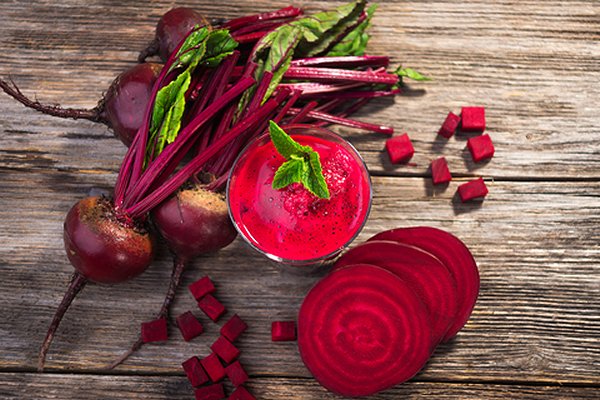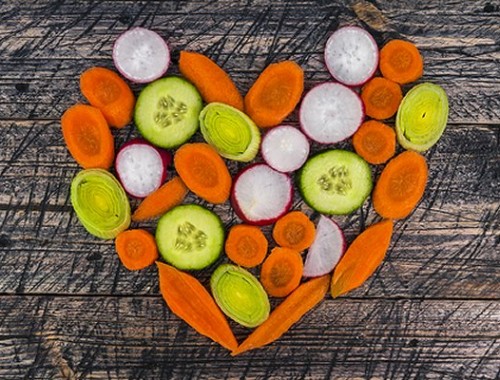Juicing beetroot delivers a sweet juice that is packed with nutrients. Beets contain nitrates that help prevent heart disease. When juicing beetroot, the beets and the leaves can be juiced. When making a sweet juice, people use only the beet and not the leaves. This vegetable can be grown in the home garden in many locations but is readily available in many grocery stores.
It is recommended for people to allow themselves to slowly get accustomed to beet juice. The recommendation is to drink the juice from half of one beet once a week and gradually increase to one whole beet. Beets contain folic acid, potassium, iron, magnesium, protein, antioxidants, and vitamins A, B6, and C.
Beetroot juice has many health benefits. Beetroot juice can boost the immune system. This helps the body fight off infections. Beets are a natural detoxifier for the liver. Some people consume beetroot juice to help clean out the liver after drinking alcohol.
The beetroot juice reduces blood pressure. One study concluded that drinking 500mL of beetroot juice a day could help prevent heart attack and stroke due to its ability to lower blood pressure. This juice is a natural vasodilator which means that it causes the blood vessels to expand. The beets help rebuild red blood cells. Beetroot also increases the blood flow to the brain in older adults which may help decrease the risk of dementia.
There are some dangers of drinking too much beetroot. If someone is juicing beetroot frequently and drinking large quantities of the fresh juice, the person may develop elevated levels of the metals found in beets like iron, copper, and magnesium. The excess metals may accumulate in the liver and lead to damage to the liver and pancreas. However, moderate consumption of beet juice can improve iron-deficiency anemia.
Because of the potency of the beetroot juice, people who are experienced with juicing recommend never drinking pure beetroot juice. The standard is to have the finished juice be no more than half beetroot juice. Add apples, carrots, and green vegetables when juicing beetroot.
One easy beetroot juice recipe is to combine a medium beet, five large carrots, and four stalks of celery with some leaves in a juicer. Some people make this juice with the leaves of the beet, but it the leaves may be left out to make a sweet juice. The leaves add a bitter taste to the juice.
When stored in the refrigerator, beetroot stays fresh longer if the leaves are not attached. The beets without the leaves will stay fresh for a couple weeks. However, beets with the leaves attached will only stay fresh for three to four days due to the demand of keeping the leaves hydrated. Juicing beetroot adds variety to the juice diet while adding nutrients to other juices.







No Comments